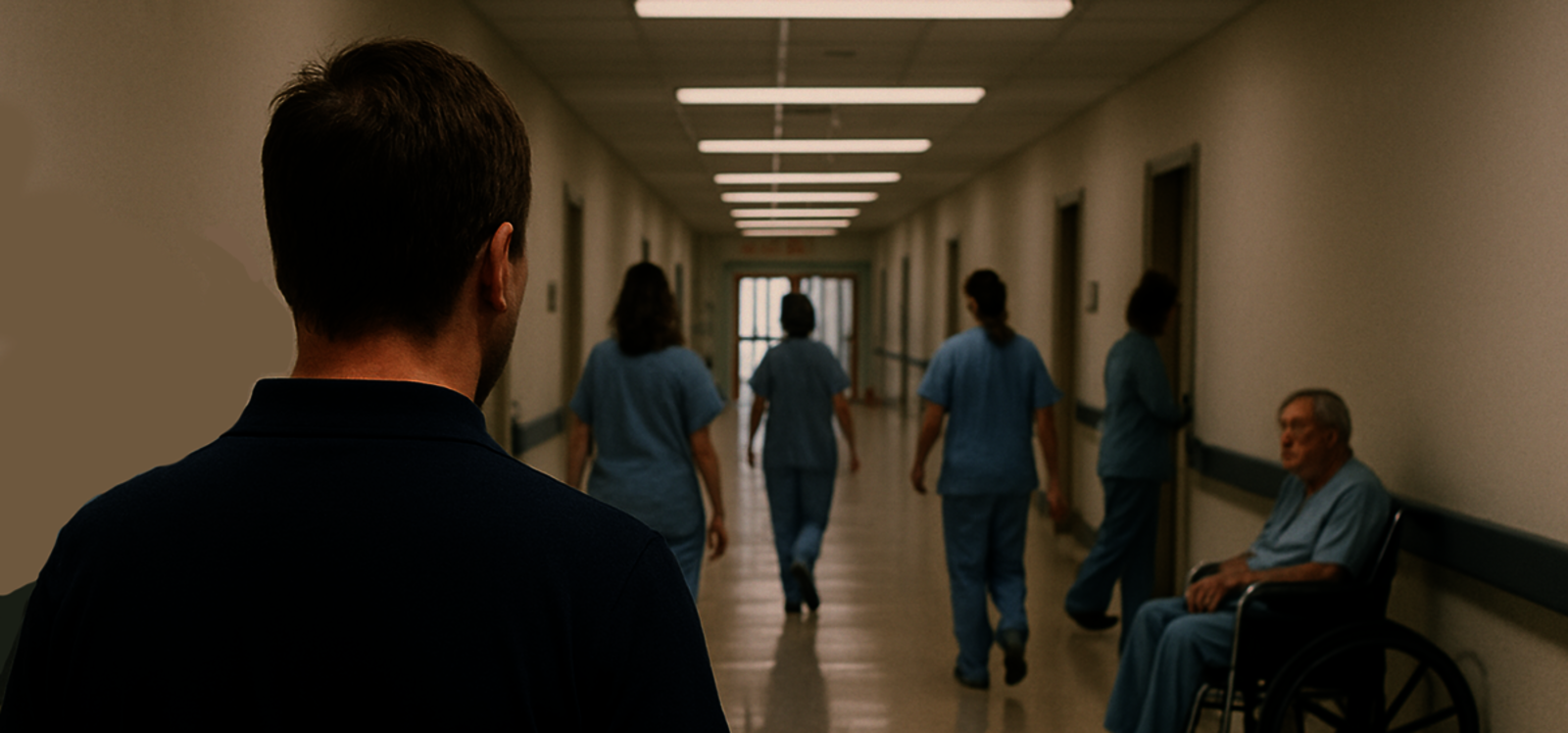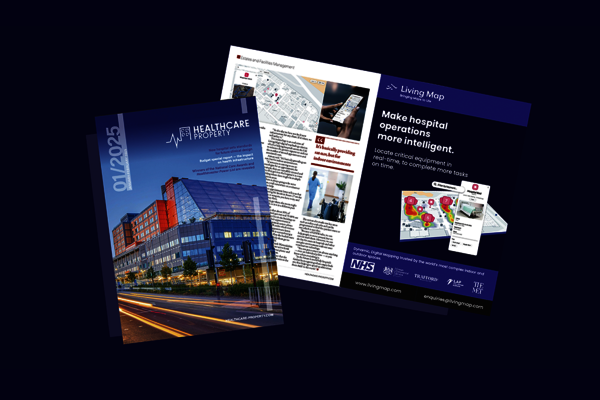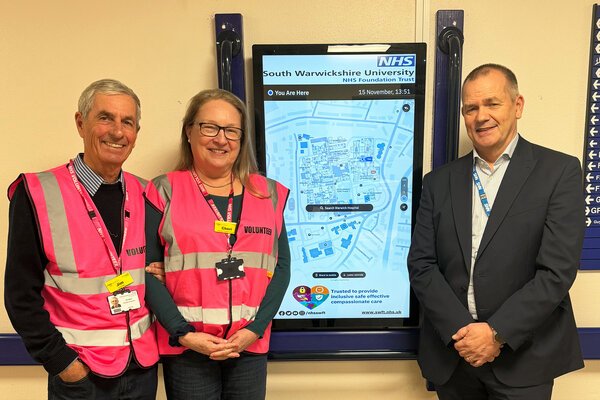Why Hospital Wayfinding Deserves a Seat at the Strategy Table

In hospitals, every minute matters. Patients, visitors, and staff navigate complex corridors under pressure, whether rushing to appointments, responding to emergencies, or simply trying to locate the correct ward. One of the most critical aspects of this daily experience, however, is often overlooked in strategic planning: wayfinding.
Wayfinding, how individuals orient themselves in physical space and move from one location to another, is not just about signs on walls. It’s a strategic asset that directly impacts patient experience, staff productivity, and operational efficiency. As hospitals embrace digital transformation, investing in smart wayfinding systems is no longer a peripheral upgrade; it’s a core necessity.
The challenges caused by poor navigation are well-documented and financially significant. Studies show that nearly 30% of first-time hospital visitors get lost or are delayed due to unclear signage or confusing building layouts. These are not one-off frustrations; they lead to missed appointments, elevated patient anxiety, and increased stress for staff. A 2017 study published in the Journal of Healthcare Engineering found that hospital staff spend an average of 4,500 hours each year giving directions, costing some NHS trusts more than £220,000 annually. This is time that could otherwise be spent delivering care or managing clinical responsibilities more effectively.
Moreover, poor wayfinding leads to inefficiencies that ripple across hospital systems. Tardy patients disrupt appointment schedules, contribute to extended waiting times, and put pressure on overstretched staff and resources. Missed appointments often result in last-minute rescheduling or unused time slots that impact service delivery and financial performance.
Today’s patients increasingly expect digital solutions to enhance their healthcare journey. Recent research indicates that 65% of patients prefer digital directions when visiting a hospital for the first time, particularly when accessible through their mobile devices. This preference is understandable. Hospitals are often sprawling and stressful places, and the ability to navigate them confidently with real-time, digital guidance significantly reduces anxiety.
Digital wayfinding platforms, allow hospitals to provide intuitive, interactive guidance from entrances and parking lots to wards, clinics, and departments. These platforms work seamlessly across mobile phones, kiosks, and desktop interfaces, enabling users to receive location-based directions, identify the fastest routes, and receive instant updates when layouts or entrances change. Unlike static signage, digital wayfinding adapts to a hospital’s real-world dynamics, including construction zones, closed corridors, or changes in department locations.
Hospitals that have implemented smart wayfinding solutions are seeing real-world benefits. Reports from these institutions show reductions in patient tardiness by as much as 10-20%. Visitor satisfaction scores have improved by up to 25%, thanks to smoother, less stressful navigation experiences. Hospitals also report increased staff efficiency, with fewer interruptions and direction requests, allowing healthcare workers to focus on delivering clinical care. Smart wayfinding also supports accessibility goals, offering tailored routing for those with limited mobility, language barriers, or visual impairments.
Despite these proven benefits, wayfinding is often treated as an afterthought. But the data is clear: wayfinding impacts key performance metrics that leadership cares about, including appointment adherence, patient satisfaction, clinical efficiency, and operational cost savings.
Smart wayfinding needs to be part of every hospital’s digital roadmap. It supports the same objectives as electronic medical records, self-check-in systems, and mobile health apps: improving the patient experience, reducing friction, and modernising the healthcare environment.
With platforms like Living Map, hospitals can guide patients and visitors with confidence and clarity. These systems are more than maps; they are part of a hospital’s service promise, an essential touchpoint that shapes perceptions from the moment someone enters the building.
In a healthcare environment where time is precious, resources are stretched, and patient experience is a top priority, hospitals can no longer afford to treat wayfinding as a secondary concern. Wayfinding is not just about helping people get from point A to point B. It is about reducing stress, improving clinical efficiency, saving money, and delivering better care. That is why it belongs not in the basement with the signage plans but in the boardroom, where real healthcare decisions are made.
Curious to learn more about smart, digital wayfinding? Get in touch below.
Request a demo
Experience the power of our mapping, wayfinding, and asset tracking technology for yourself. See how our software can enhance your facility.






